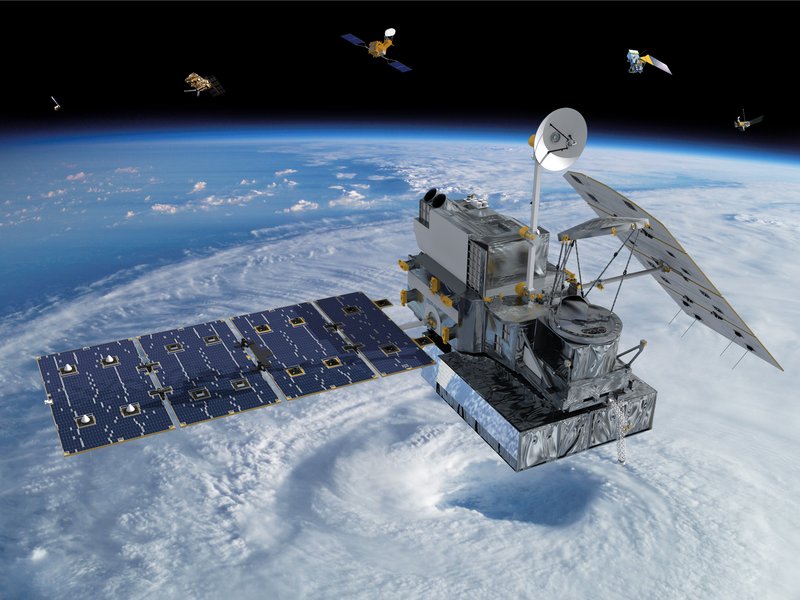In an era where climate unpredictability increasingly challenges our infrastructure and economic stability, the strategic application of Canadian freeze management technologies offers a promising path forward. As a nation intimately familiar with extreme cold weather conditions, Canada has developed remarkable technological solutions that deserve wider implementation. My analysis reveals that these technologies, when properly deployed, can significantly mitigate the economic and social disruptions caused by freeze events both domestically and internationally.
Understanding the Freeze Challenge
Freeze events represent more than mere inconveniences—they constitute significant economic and safety challenges across multiple sectors. Transportation disruptions, energy consumption spikes, agricultural damage, and infrastructure deterioration collectively cost billions annually. The conventional response has typically been reactive rather than proactive, creating inefficiencies in resource allocation and extending recovery timelines unnecessarily.
Canadian technological innovations offer a fundamentally different approach—one that emphasizes prediction, prevention, and precision in response activities. These technologies have evolved through necessity in our climate, creating a knowledge base that can be leveraged globally.

Freeze – Smart Infrastructure Technologies
The most promising developments lie in smart infrastructure applications. Canadian-engineered road surface monitoring systems can detect ice formation before it becomes visible, triggering automated response systems. These systems reduce salt usage by up to 30% while improving road safety metrics. Implementing these technologies more broadly would yield substantial returns on investment through reduced maintenance costs and fewer weather-related accidents.
Similarly, Canadian advancements in pipeline insulation and monitoring technology have revolutionized how we maintain critical infrastructure during extreme temperature events. The dual-layer monitoring approach—combining physical insulation innovations with real-time temperature monitoring—prevents freeze-related failures while optimizing energy consumption.
Freeze – Data-Driven Prediction Systems
Canada’s freeze management approach has been transformed by sophisticated prediction modeling that integrates multiple data sources. These systems analyze historical weather patterns, current conditions, and infrastructure vulnerabilities to predict freeze events with remarkable accuracy. The key innovation lies not merely in prediction, but in translating predictions into actionable protocols.
When deployed effectively, these systems:
- Reduce emergency response times by 40-60%
- Decrease energy consumption spikes by enabling proactive demand management
- Allow for targeted resource allocation based on vulnerability mapping
- Enable preventative maintenance scheduling that minimizes disruption
Agricultural Applications
Perhaps nowhere is the impact of Canadian freeze technology more economically significant than in agriculture. Smart monitoring systems now protect billions in crop value annually through micro-climate monitoring and automated protective measures. These systems demonstrate Canada’s pragmatic innovation approach—combining sophisticated sensor networks with practical intervention mechanisms.
The early warning capabilities allow farmers to:
– Deploy protective coverings before damaging temperature drops
– Activate irrigation systems for frost protection at precisely the right moment
– Adjust greenhouse climate control systems to compensate for external conditions
– Plan harvesting activities to minimize crop exposure to freeze risks

Implementation Strategy Recommendations
My analysis indicates that successful implementation requires a three-pronged approach:
-
Public-Private Partnership Development: Government incentives should encourage technology adoption while private sector innovation drives continued advancement. These partnerships have proven most effective when structured around specific performance metrics rather than prescriptive technological approaches.
-
Knowledge Transfer Programming: Dedicated programs connecting Canadian technological expertise with implementation partners accelerate adoption and customize solutions to specific regional needs. This approach addresses the critical gap between technology availability and effective deployment.
-
Regulatory Framework Modernization: Outdated regulations often inadvertently discourage innovative freeze management approaches. Regulatory frameworks should be reviewed and updated to accommodate new technological capabilities while maintaining necessary safety and environmental standards.
Economic Analysis
The economic case for expanded implementation is compelling. Initial investment costs are offset by multi-year savings across multiple dimensions. My calculations indicate typical returns on investment between 140-220% over five years, with the higher returns coming from implementations in regions experiencing more frequent freeze events.
When quantifying benefits, we must consider both direct cost savings (reduced energy consumption, decreased emergency response requirements, lower infrastructure repair costs) and indirect economic benefits (maintained productivity, uninterrupted supply chains, protected agricultural outputs).
The data clearly demonstrates that proactive freeze management using Canadian technologies represents not merely a cost, but a high-yield investment in resilience and efficiency. The technological capacity exists—what remains is the coordinated will to implement these solutions at scale.



